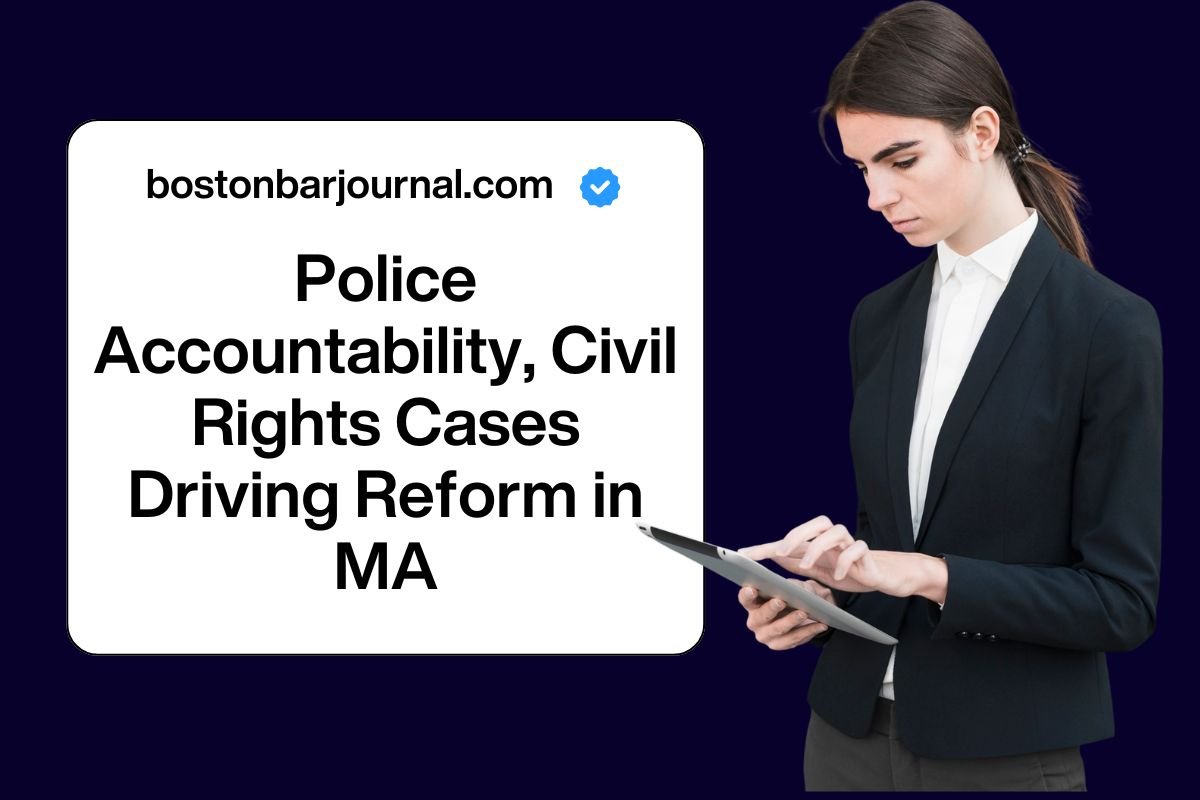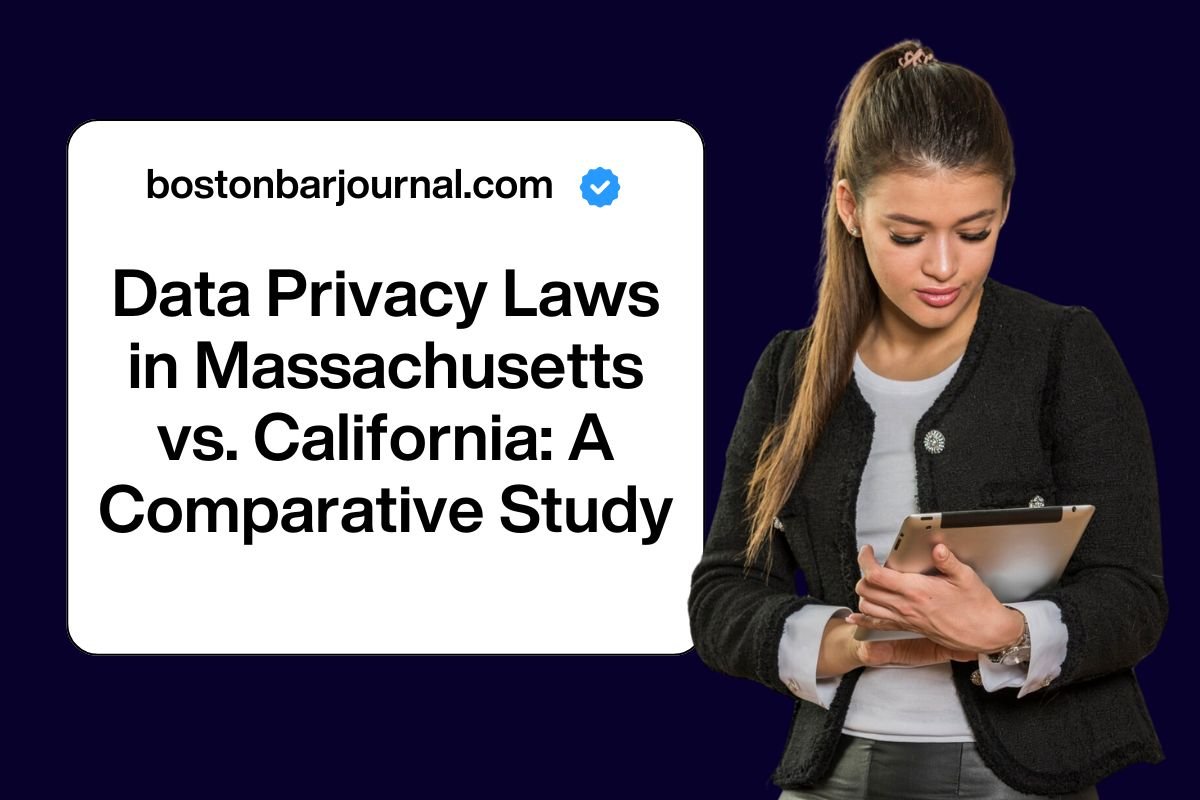AI has raised many queries for courts and the judiciary these days. The most important thing, what AI can do for the government of justice, and what does that need? Difficulty decrease is the nature of court progressions, regardless of the issue material. Not all court work in the US is tough traditional work, and routine procedures have dissimilar needs from the multipart modified work of the magistrates.
AI in Courtrooms
All courts follow that AI forms of info technology, including artificial intelligence, are not the same for all cases. Everyone should know that the court and judges are bound by the principles of complete procedure, including Article 4 of the European Convention on Human Rights. So, what does it mean for those who are occupied with AI?
Everyone must understand that Europe has created Ethical values for the use of new technology and AI in the management of fairness. Also, AI has several restrictions for use in several cases in the US.
Introduction of New Technology in US Courts
All over the world, machinery is replacing the effort of people. This is not an old concern; when people considered spell examination, and examine devices were started by people as intelligent information technology.
Today, we can see several new technologies during our daily routine, like we encounter these new technologies at the airport, also for facial recognition for travelers. Google provides me with unsolicited advice about the ways and destinations, but the restaurant may be closed. My mobile gives me answers to my oral queries with responsive verbal answers.
People are involved with this new technology, also the newspapers talk about robot justice. There are several claims that these new algorithms can correctly predict court decisions, and we do not need human judges anymore. We are happy with several things, and we also enjoy talking about several things that do not exist yet. We imagine these kinds of things, how they will make our lives comfortable and enjoyable with features. But what did we previously identify correctly about the use of new AI?
AI: Artificial Intelligence
AI can be explained as permitting an appliance to act in such a way that it would be called brainy if a human being acted in such a way. This is the explanation that John McCarthy, determined with having conceived the term Artificial Intelligence, gave to AI in 1956. It is significant to note that human intelligence is the quantity of what AI does.
We can say that intelligence is the skill to reason theoretically, rationally, and reliably, learn, lay and see through associations, solve difficulties, determine rules in apparently messy material with current information, resolve new responsibilities, and learn freely deprived of the need for straight and whole training.
Courts and Information Technology
We should know the meaning of justice, which means to deliver fairness in separable cases, and the courts also have a reflective function in giving values to society more widely. But irrespective of the topic matter, the work of judges is to procedure the info, the parties gather info to the court before the judges, alterations take place during the proceedings, and the consequence is also information. Not all of this info meeting is difficult and customization.
Evasion decisions and declarations of inadmissibility are usually regularly twisted; many cases need a ordinary calculation deprived of any reach, and some cases are established. Only an incomplete part of the cases that the courts have to deal with are tough and inconsistent cases. It can’t be emphasized sufficiently that the procedure and later the need for info skills are not the same for all cases.
What Can AI Do for Courts?
AI can be used for several issues. AI is useful for difficult cases in several ways to meet various needs. There is are lot of sales talk about the AI for courts is abundant. It has explained in a good way that it would make it reasonable, and furthermore. AI does not tire like human judges, and it does not need or depend on its glucose level to perform.
However, these are only based on what we previously recognized from the indication. Its focus is on the proven technology; AI has already proven that it is very useful for the practice. But the question is running in all people’s minds that are robots already able to judge? It is not defined by anyone else.
● Organizing Information: It can be useful for identifying the designs in text papers and files, for example, when categorization large quantities of cases that hold a lot of details. An instance from the US is eDiscovery, that an automatic study of electronic info for detection before the surprise of a court hearing. eDiscovery uses a mechanism of knowledge AI, which means that through learning what the best procedure is that is accomplished of removing the applicable part from a large quantity of info.
● Advice: AI can be very valuable for those people in a court circumstance who are seeking an answer to their problems, but they do not see what they can do. Advisory AI can be important for lawful specialists. AI not only looks for the related info but also delivers a response to a query. Then the user can make a decision for themselves whether they will act on the advice. The advisory purpose of the AI can assist persons in solving their difficulties by themselves, and thus stop arguments or court cases.
AI in Court Practice: Ethical Principles
Skill is one of the most important things in the present time, but the problem is still unclear about how we can and would use it. At the time of the script, previously, more than 25 forms set out moral values for the use of AI, including those of the organization of IEEE Institute, CEPEJ, and GTQUAL.
● Respect for Fundamental Rights: Make sure that the pattern and application of AI services and gears are well-matched with important constitutional rights such a privacy, and the same action and fair trial.
● Equal Treatment: Avoid judgment between persons and groups of persons. The instance of COMPAS overhead reflects that the judgment and unfair difference between persons and assemblies is a real danger.
● Data Security: When dispensation court results and data from specialized sources, and data that cannot be changed should be used, with replicas that are multidisciplinary in the project, in a safe technological atmosphere.







